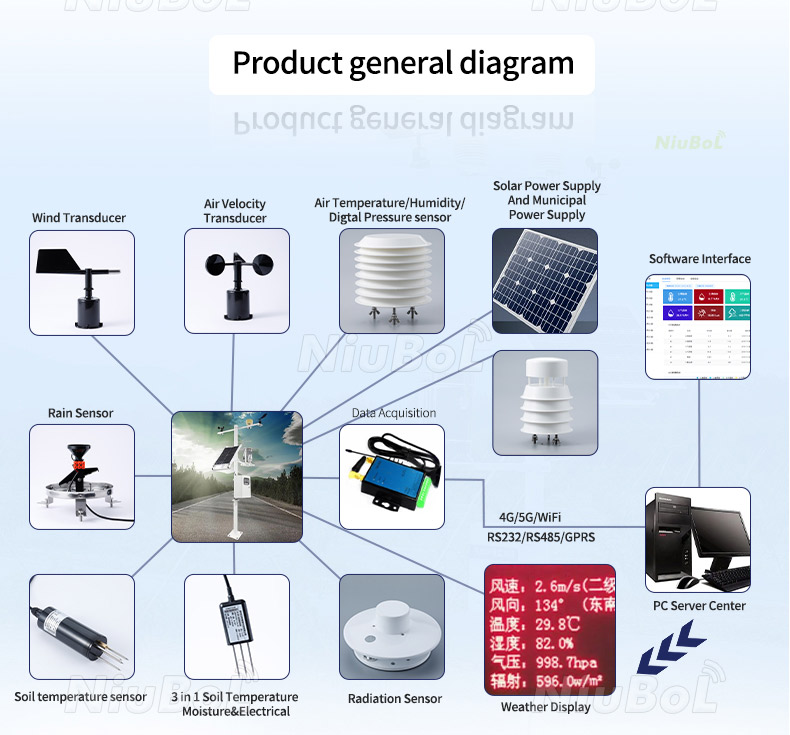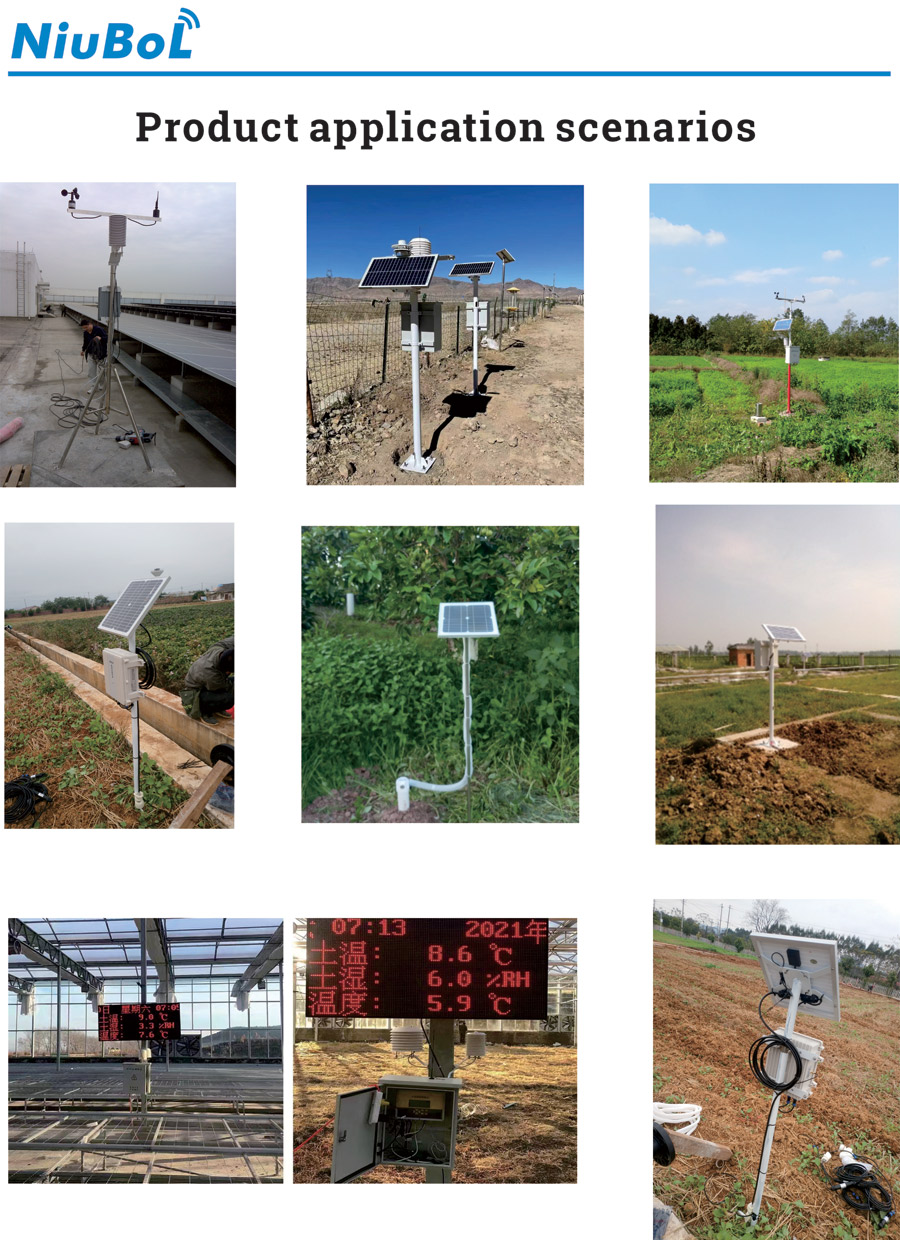

— Blogs —
—Products—
 Consumer hotline +8618073152920
Consumer hotline +8618073152920 WhatsApp:+8615367865107
Address:Room 102, District D, Houhu Industrial Park, Yuelu District, Changsha City, Hunan Province, China
Product knowledge
Time:2022-07-28 16:13:14 Popularity:1367
Three types of weather observatories
Meteorological observation stations are now very popular IoT observation devices, which can not only achieve unattended, real-time data collection, but also remote monitoring. How many types of meteorological observation stations are there? The types of instruments usually need to be specifically divided according to application fields and functions. At present, agricultural and forest monitoring stations are more common. Next, let's have a simple understanding!
How many types of weather observatories are there?
Commonly there are agriculture, grassland forests, road traffic, air quality, water quality, ocean and lake observation stations, etc. There will be certain changes in the parameters that need to be observed in different fields. In the agricultural field, it is usually necessary to observe parameters such as soil moisture, wind speed and direction, and sunshine. The forest field needs to observe air temperature, humidity, rainfall, snowfall, etc.

1. Agricultural Meteorological Observatory
This instrument is usually used to monitor meteorological parameters such as soil moisture, soil temperature, wind speed, light, wind direction, and rainfall. Through the construction of agricultural monitoring stations, people can understand real-time meteorological and biological information, and provide scientific guidance for agricultural production. Through the cloud monitoring platform, users can understand the meteorological data of farmland, greenhouses, tea gardens, orchards and other areas, and scientifically carry out irrigation, fertilization, and spraying.

2. Road Traffic Meteorological Observation Station
This type can be used to observe road traffic conditions and carry out weather warnings in bad weather. The instrument can also monitor air quality, parameters including sulfur dioxide SO2, nitrogen dioxide NO2, PM2.5, PM10, carbon monoxide CO, wind speed, wind direction, air temperature, air pressure and temperature and other meteorological parameters. In addition, visibility, road icing conditions, water accumulation conditions, etc. can also be monitored according to actual needs.
3. Grassland Forest Meteorological Observatory
Grassland and forestry are also key areas of meteorological observation. Users can learn about the vegetation growth status, utilization status, and disaster status of grassland forests, and display relevant data in real time through the platform. Usually, monitoring devices include atmospheric pressure sensors, wind direction sensors, rainfall sensors, soil temperature and humidity sensors, snow volume sensors, air temperature and humidity sensors, and the like.

The above are the types of weather stations introduced to you. In different fields, there are certain differences in the observed meteorological elements, and it is necessary to flexibly select the appropriate configuration according to the actual needs. If you want to know the manufacturer, equipment and parameter quotation information of meteorological observation station, you can directly consult NiuBoL.
Prev:Introduction of equipment in different observation fields of meteorological monitoring station
Next:Instruments and equipment commonly used in meteorological observation stations
Related recommendations
Sensors & Weather Stations Catalog
Agriculture Sensors and Weather Stations Catalog-NiuBoL.pdf
Weather Stations Catalog-NiuBoL.pdf
Related products
 Combined air temperature and relative humidity sensor
Combined air temperature and relative humidity sensor Soil Moisture Temperature sensor for irrigation
Soil Moisture Temperature sensor for irrigation Soil pH sensor RS485 soil Testing instrument soil ph meter for agriculture
Soil pH sensor RS485 soil Testing instrument soil ph meter for agriculture Wind Speed sensor Output Modbus/RS485/Analog/0-5V/4-20mA
Wind Speed sensor Output Modbus/RS485/Analog/0-5V/4-20mA Tipping bucket rain gauge for weather monitoring auto rainfall sensor RS485/Outdoor/stainless steel
Tipping bucket rain gauge for weather monitoring auto rainfall sensor RS485/Outdoor/stainless steel Pyranometer Solar Radiation Sensor 4-20mA/RS485
Pyranometer Solar Radiation Sensor 4-20mA/RS485
Screenshot, WhatsApp to identify the QR code
WhatsApp number:+8615367865107
(Click on WhatsApp to copy and add friends)